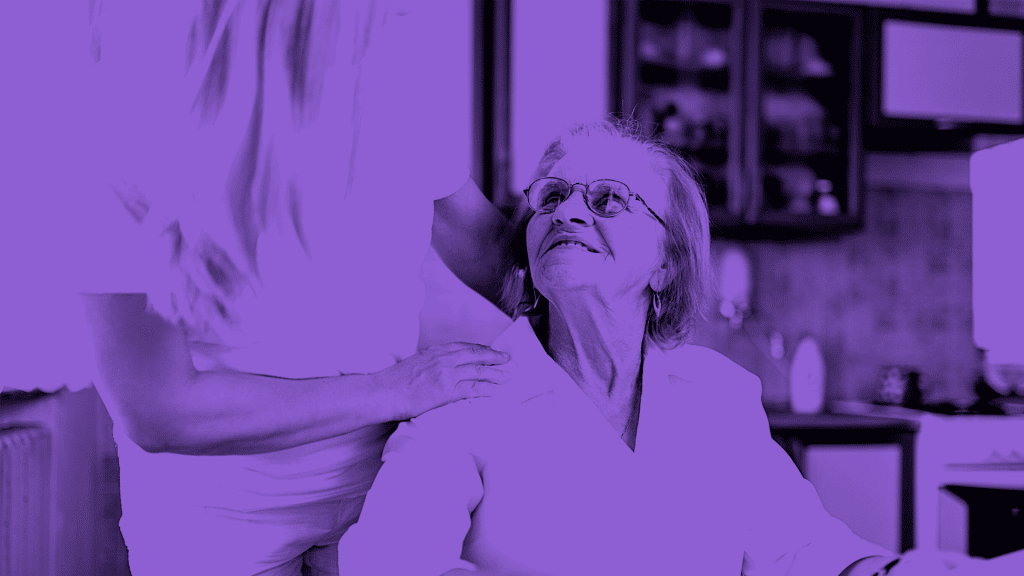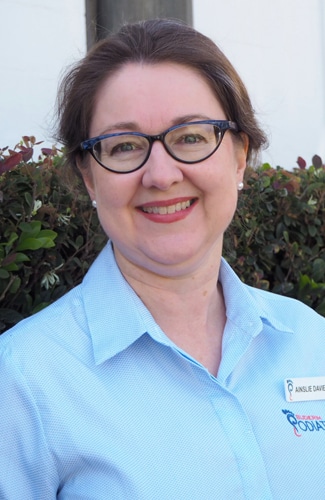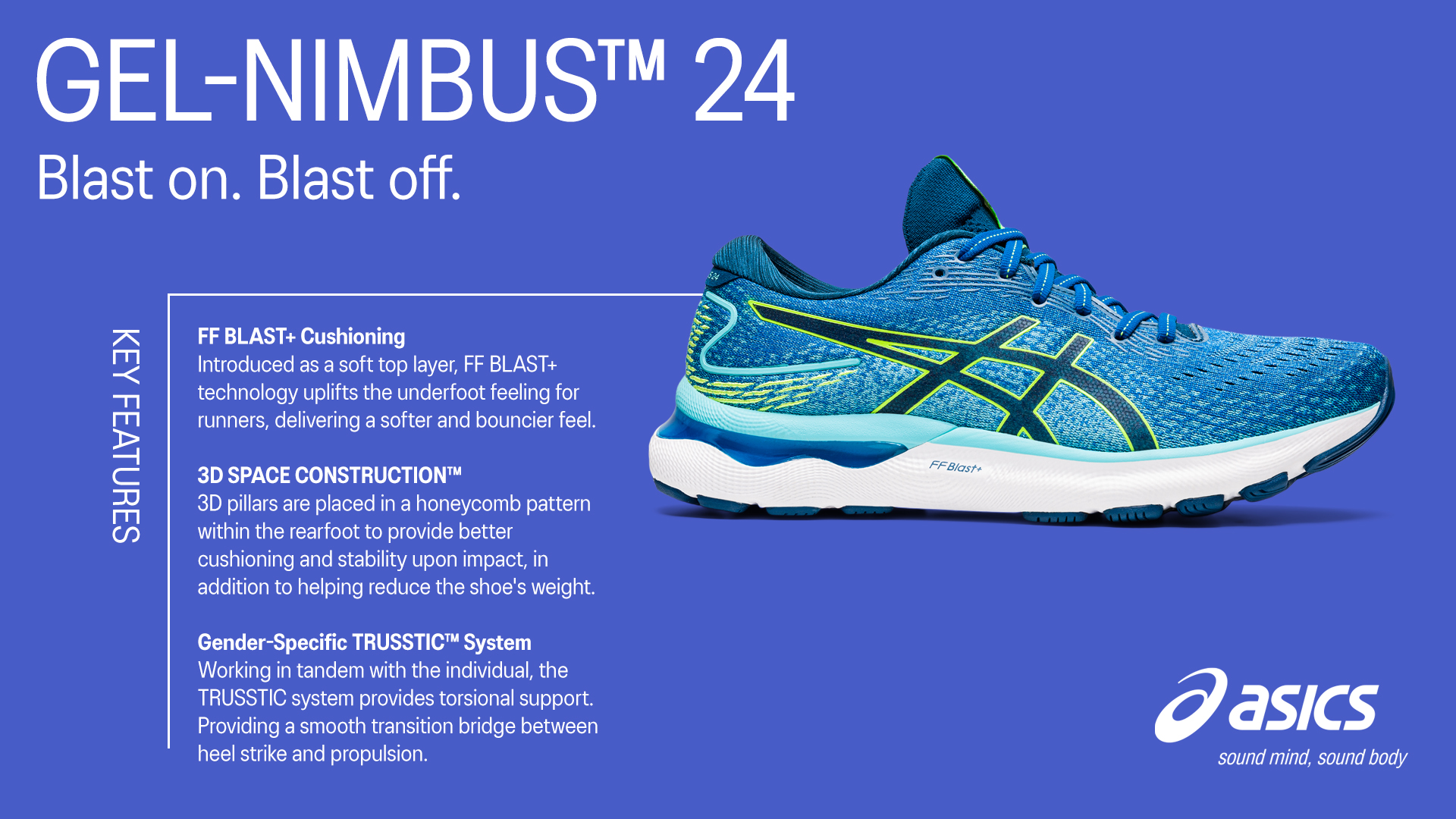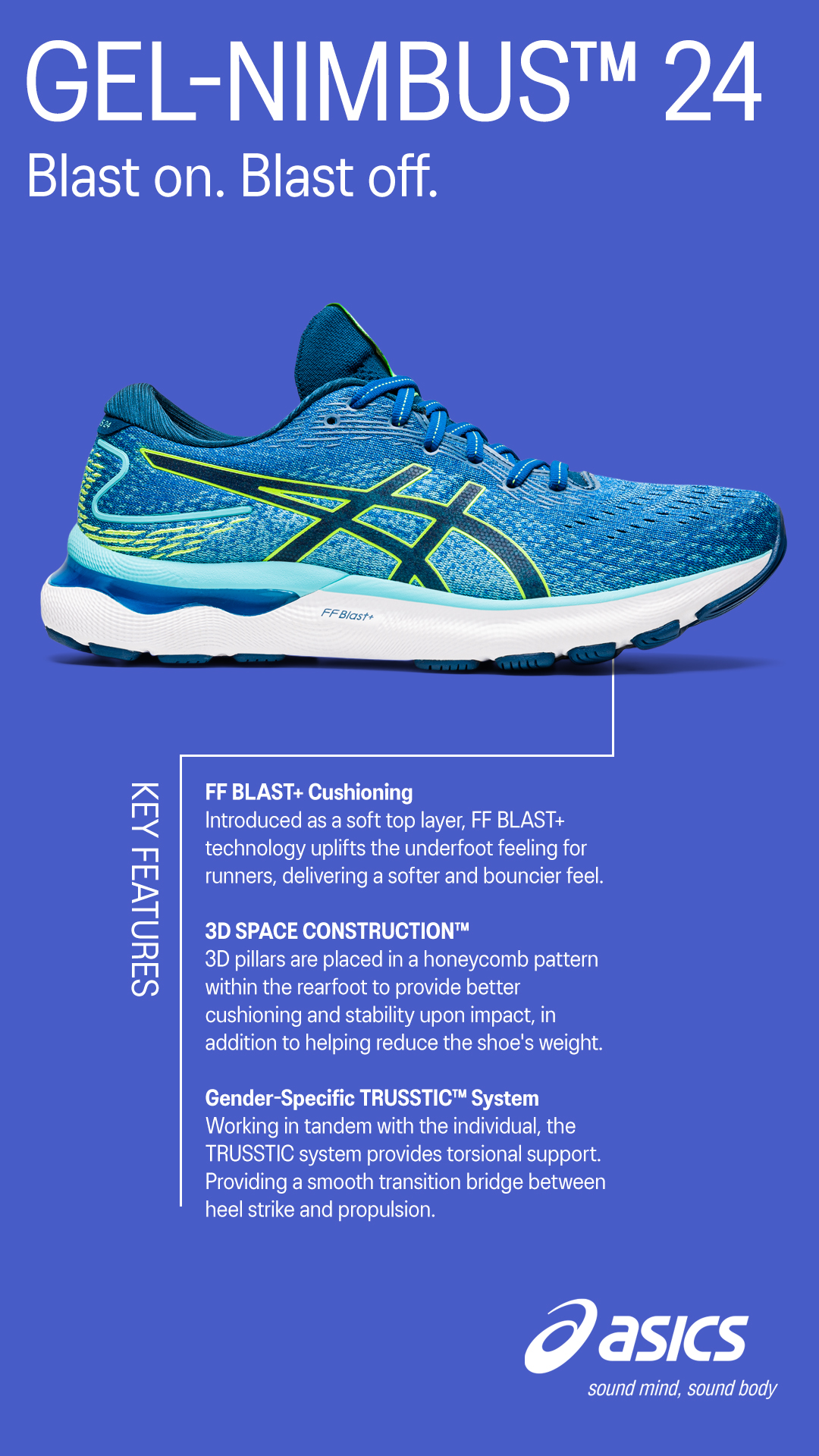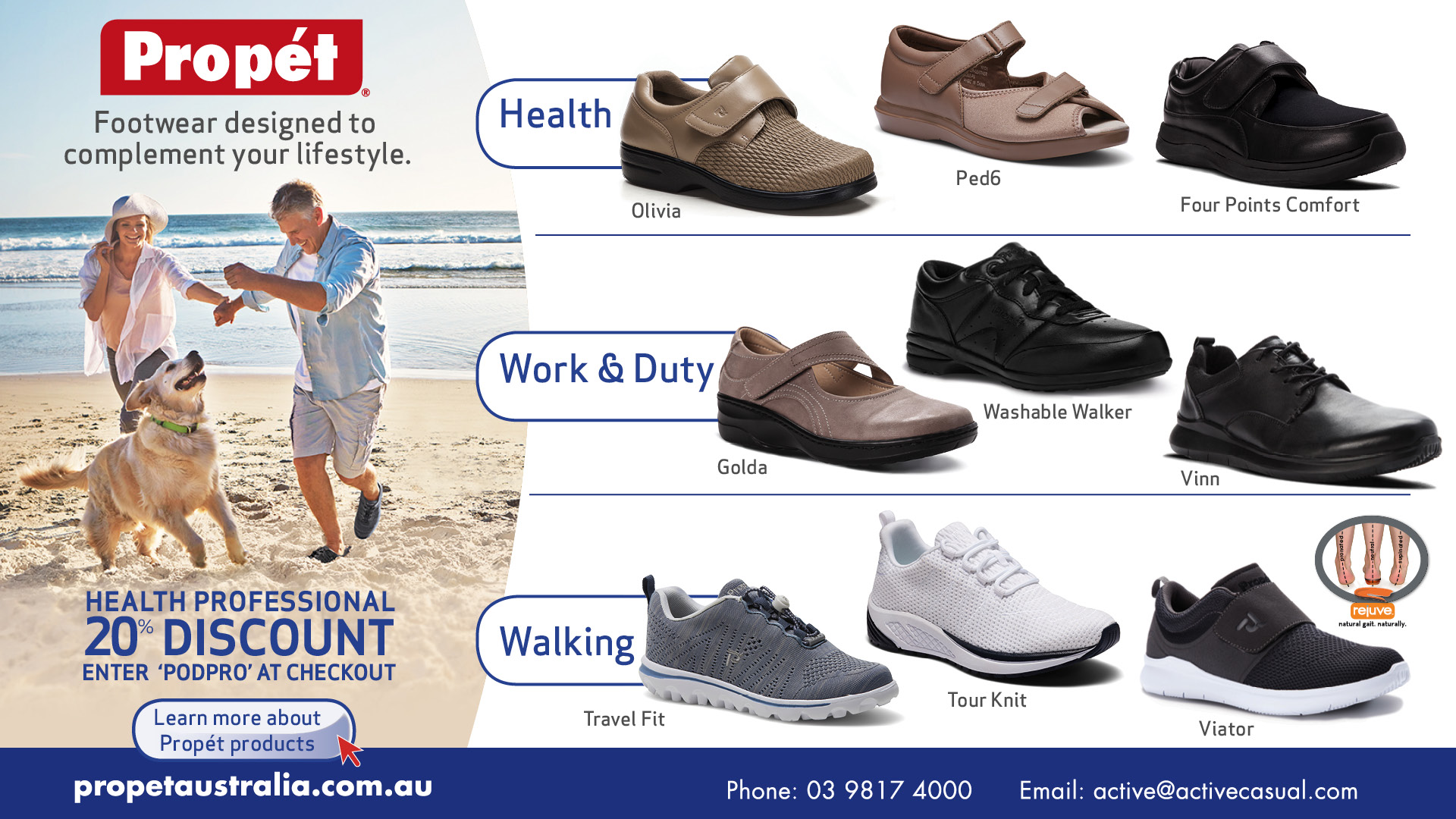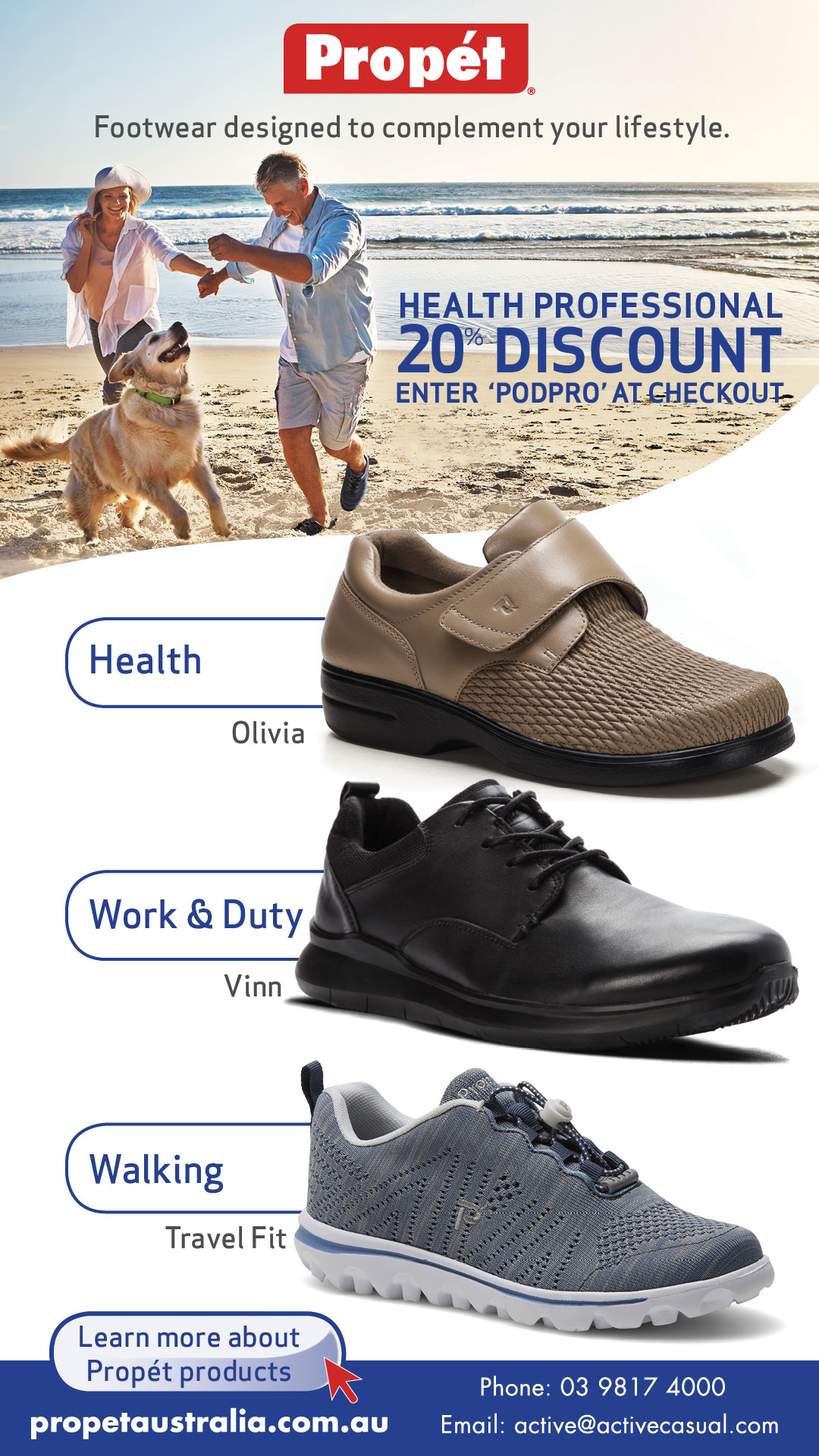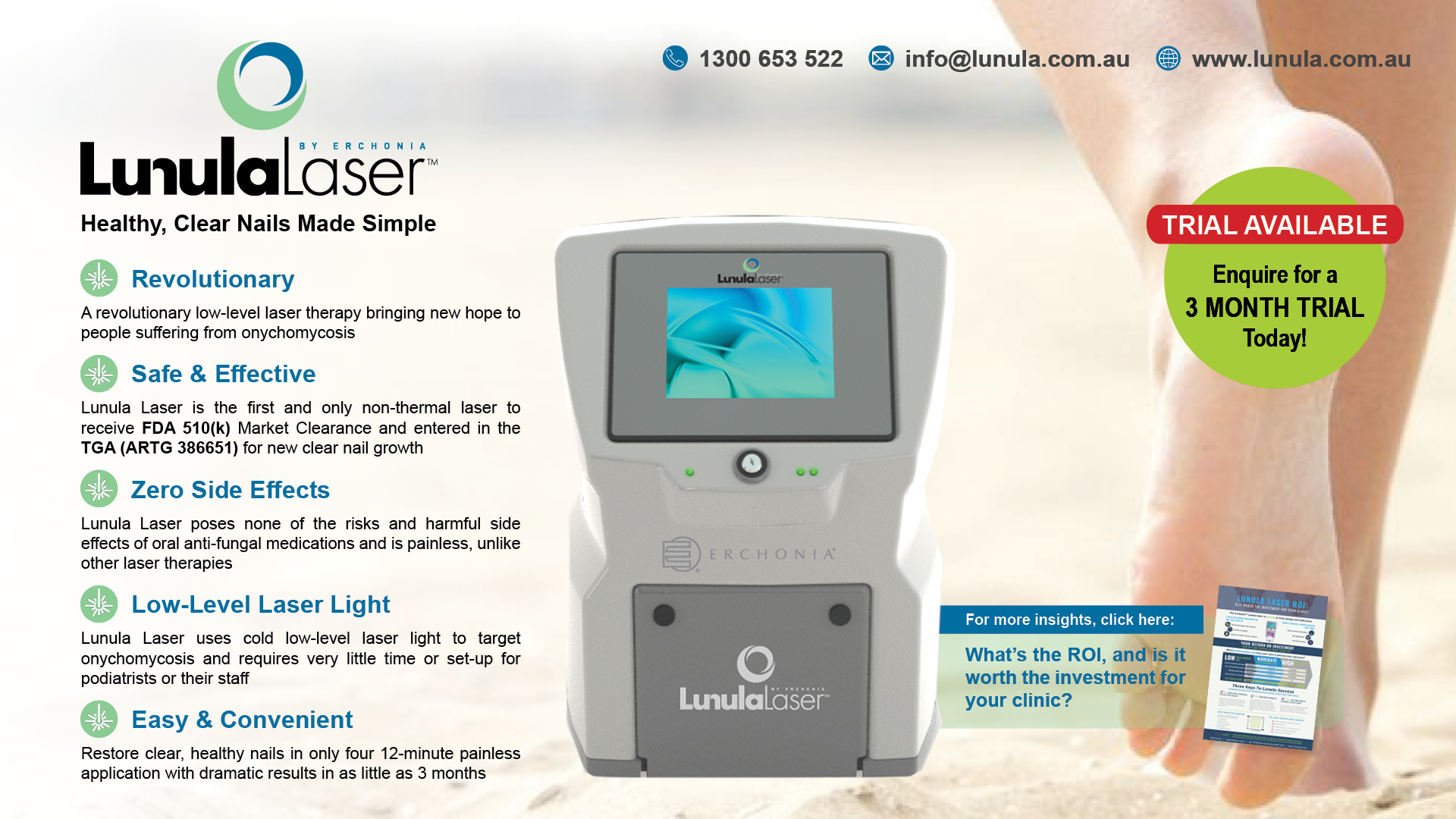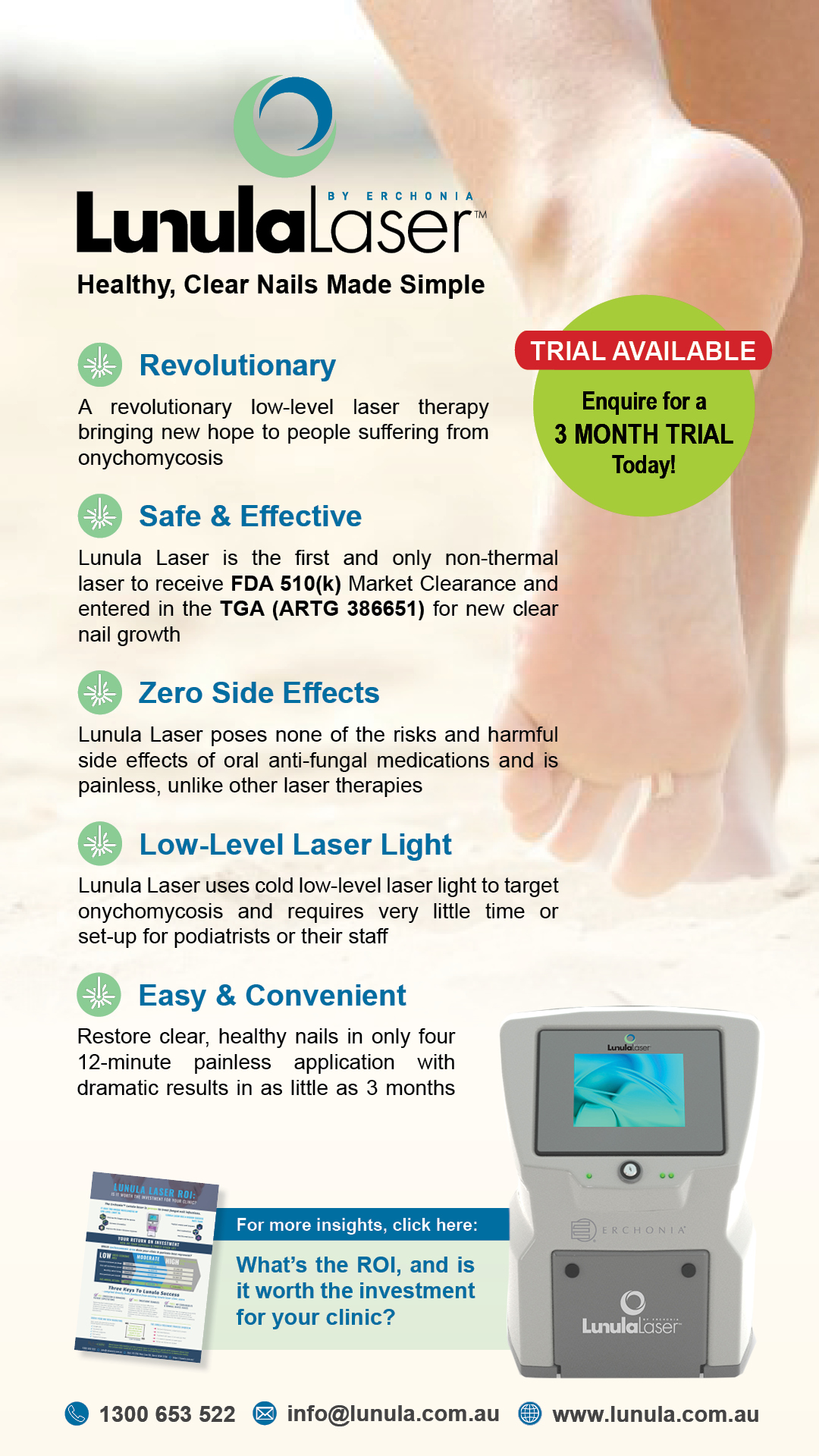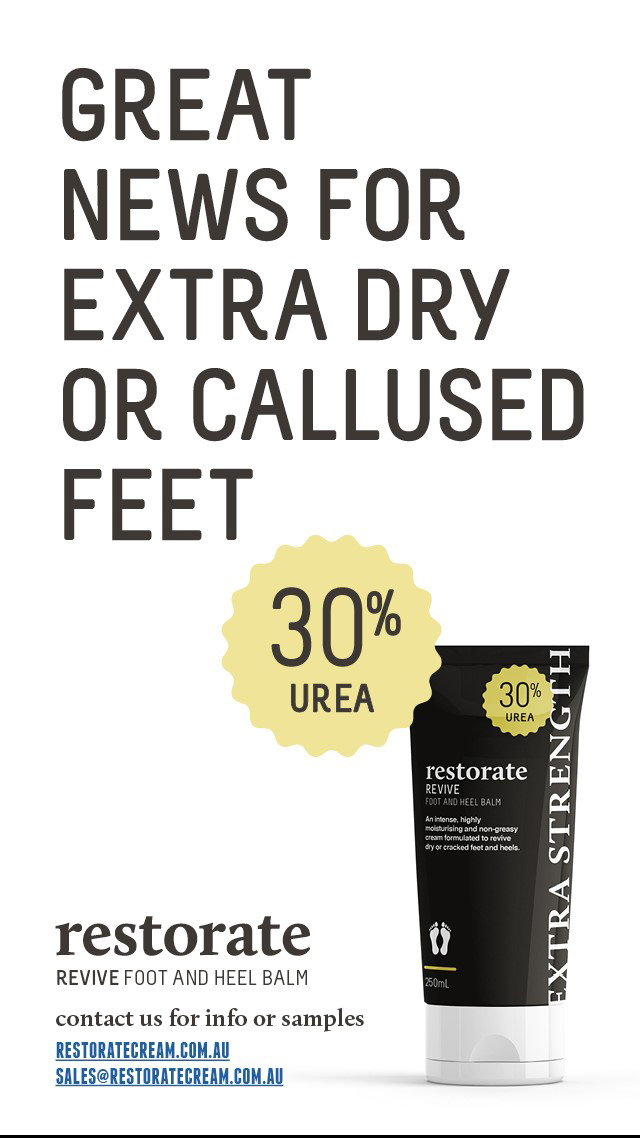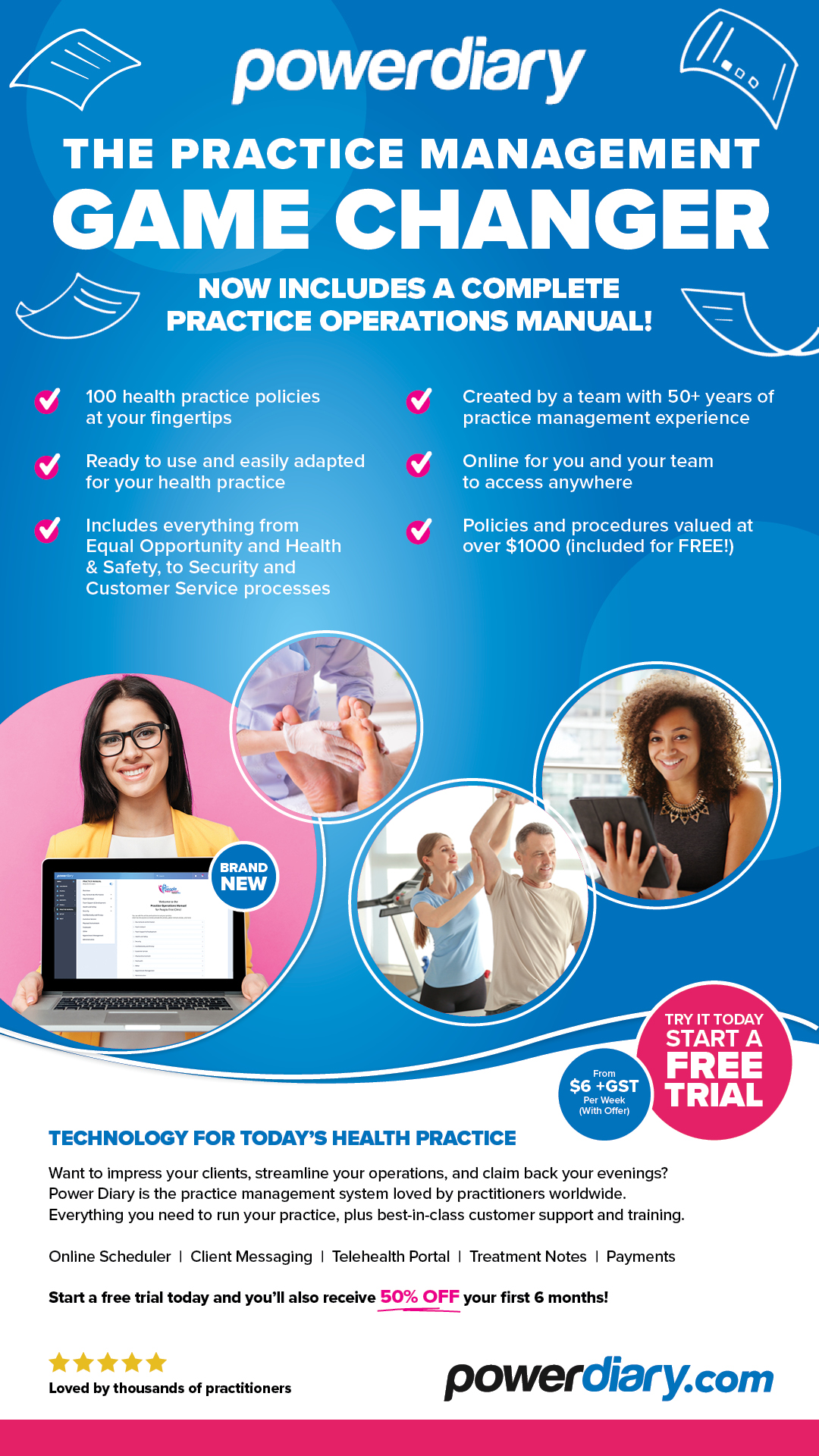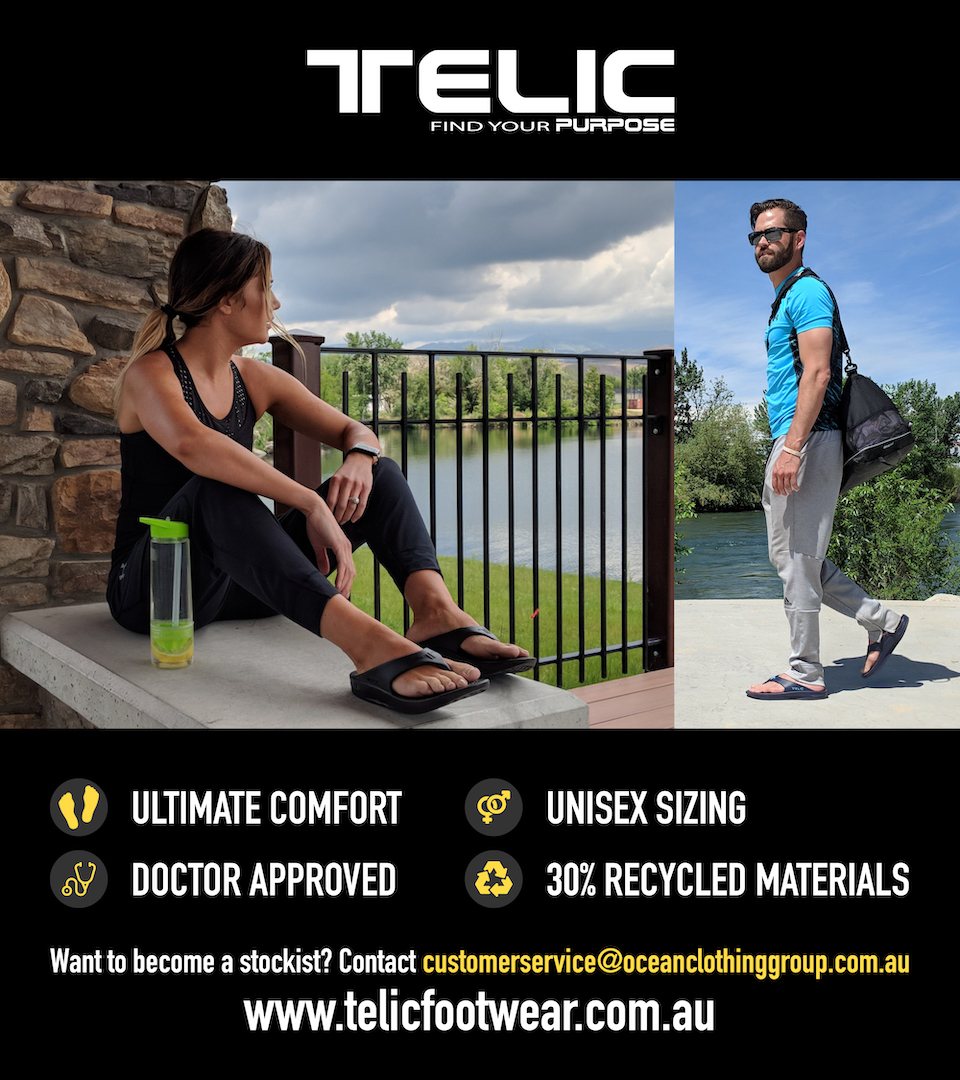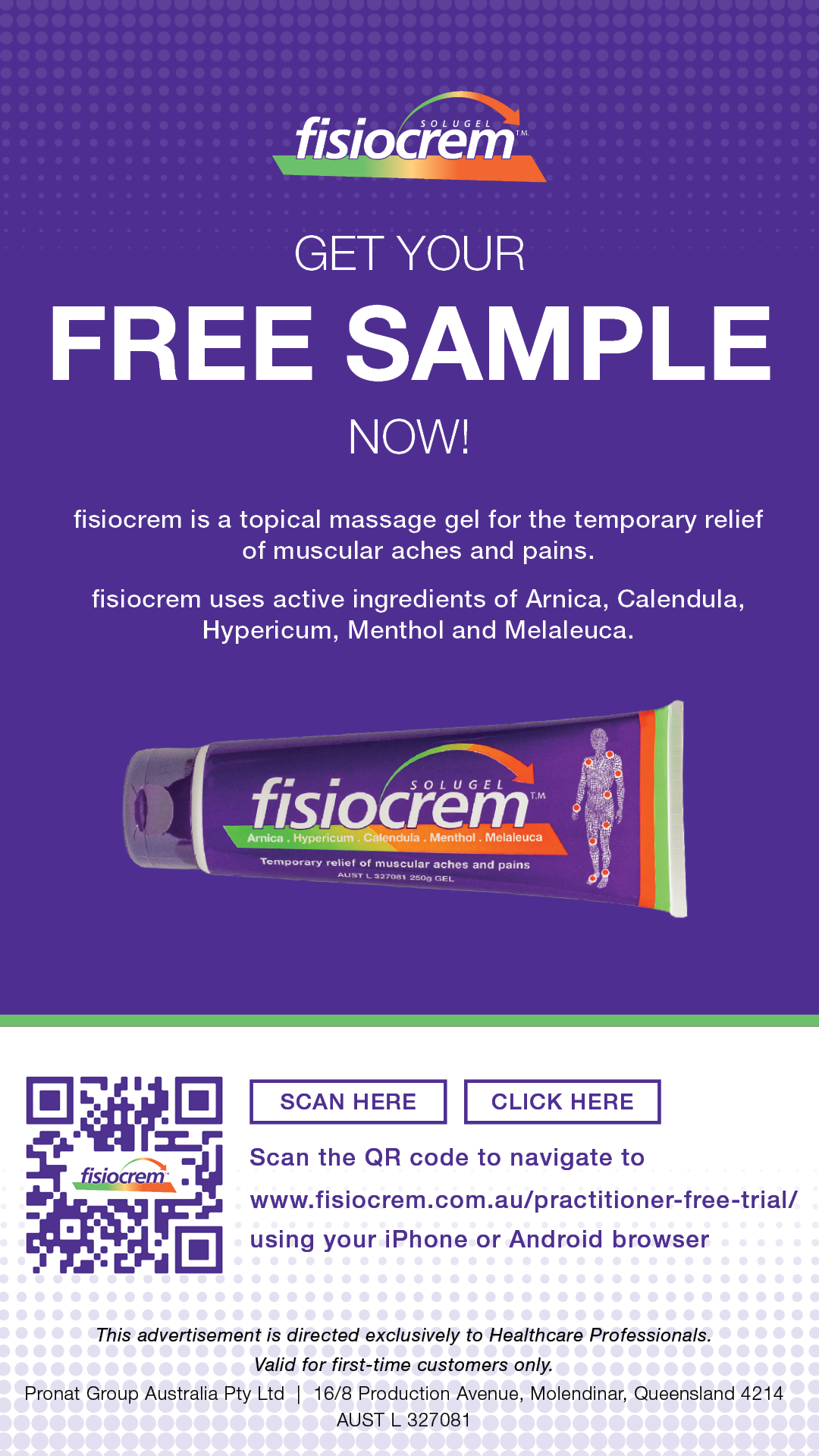
How to get involved in NAIDOC Week
NAIDOC Week lands this month, and we have rounded up a range of practical ways to get involved during – and beyond – NAIDOC week.
This year’s NAIDOC theme is Get Up! Stand Up! Show Up! Here’s some more background on why this year’s theme was chosen:
“Getting Up, Standing Up, and Showing Up can take many forms.
We need to move beyond just acknowledgement, good intentions, empty words and promises, and hollow commitments. Enough is enough.
The relationship between Aboriginal and Torres Strait Islander peoples and non‑Indigenous Australians needs to be based on justice, equity, and the proper recognition of Aboriginal and Torres Strait Islander peoples’ rights.
Get Up! Stand Up! Show Up! with us to amplify our voices and narrow the gap between aspiration and reality, good intent and outcome.
Get Up! Stand Up! Show Up!” (Source: NAIDOC)
If you want to support NAIDOC week through your workplace, here are some ideas to get you started.
- Download the National NAIDOC Week Poster
- Find out about related events taking place this month
- Learn more about NAIDOC week in general
- Consider other ideas like these from last year’s NAIDOC Week, most of which are still relevant.
Perhaps you may be inspired to take this further and support for organisations such as Indigenous Allied Health Australia (IAHA). Here are some ideas you may wish to reflect on.
- Join the Friends of IAHA program
- Review IAHA’s current strategic plan
- Consider attending IAHA’s national conference in November
- Nominate someone for the Indigeous Allied Health Awards, with entries closing on 31 August 2022.
Happy NAIDOC Week!
The state of podiatry in South Africa

PART 1 | The call for allied health funding in aged care
Allied Health Professions Australia (AHPA) has called for extra government funding to ensure aged care homes can access increased allied health service hours; particularly given the concerning drop in allied health contact hours across residential aged care homes in recent years. This month in part one of our two-part series, we take a look at the big picture issues that surround these developments. Next month we’ll examine what the new aged care funding model means for podiatrists.
The APodA will support Allied Health Professions Australia (AHPA) to address inequities around the allocation of allied health care roles in aged care facilities.
Research shows that allied health hours in residential aged care were at around 5.3 minutes per day per patient in December 2021. This is down from 13.1 minutes per patient per day in December 2020. There is limited data that separates different allied health professionals’ allocation within residential aged care facilities. This makes it difficult to understand how much time podiatry is being allocated in these environments.
As of 1 October 2022, a new aged care funding model will come into effect, called the AN-ACC. This funding model is designed as a strengths-based approach to facilitate better functional outcomes for clients. To achieve this funding, assessment is required by a physical therapist or an occupational therapist as a baseline and there are incentives to improve clients’ functional outcomes which does lend itself to allied health.
However, there is no proposed mandated benchmark within this model for allied healthcare minutes, despite reporting of such minutes being mandatory. This presents the potential risk of podiatrists being ‘left behind’, given there can be a lack of value around the work of podiatrists in residential aged care facilities when it comes to understanding the full scope of practice – instead of being perceived as just ‘cutting toenails’ in these facilities. We will share more about this model in upcoming issues of STRIDE.
The case for allied health intervention is clear, given studies show that it helps to avoid hospital treatment and costly intervention over time. The plan for AHPA, and certainly for the APodA, is to work closely with the Labor Government and related networks to ensure pre-election commitments are realised. In particular, to advocate for equitable and fair healthcare access which means that a well-resourced multidisciplinary model must be central to this promise.
Such a model needs to ensure allied health services, such as podiatry, have a strong place in residential aged care services and this is what we will deep-dive into in upcoming issues of STRIDE.
Be alert to monkeypox

How to measure patient-centred care

This article marks part three in a four-part monthly series by Shelley Thomson, which focuses on the nuances that drive patient-centred care, why it matters more than ever, how to better understand these dynamics, and how to measure its effectiveness.
In the last two articles in this series, we explored the concept of patient-centred care, which is essentially an approach to health care that is personalised, respectful and responsive to each patient’s preferences, needs, and values.
In this article, we will focus on value-based health care, the new healthcare operating model being adopted in Australia and internationally to support healthcare professionals in their delivery of patient-centred care.
What is value-based health care?
Whilst becoming patient-centred is a cultural and behavioural shift in how care is delivered, value-based health care (often referred to as outcomes-based care), represents the overarching operating model of care adopted by healthcare entities whose purpose is to deliver patient value and outcomes.
In a value-based health care model, everyone involved in a patient’s care – healthcare professionals across multiple disciplines, family, carers and the patient themselves are engaged and agree on an approach to achieve the desired health outcomes (or ‘value’) that matter to each patient.
In this model, success is defined by creating ‘value’; defined as the change in health outcomes that matter most to patients for the cost of delivering those outcomes.
Shifting from volume to value
This reflects a complete shift from the current Australian healthcare approach which is focused on volume and the concept that the more patients you see, the more successful you are at providing care.
To evolve to a value-based health care model, our focus must shift from paying for activity (volume) and profitability of services provided (i.e. consultations, hospitalisations, procedures and tests) to rewarding and remunerating providers based on health outcomes achieved.
At its heart, adopting this model re-aligns us to the purpose of health care – which is to help and heal. It reminds us that what one patient defines as the outcome of their healthcare journey may be very different to another patient’s perspective and needs.
How do you measure the value in value-based health care?
When measuring value-based health care outcomes, three common measures are used: Patient Reported Outcome Measures (PROMs), Patient Reported Experience Measures (PREMs) and Patient Activation Measure (PAM).
1. Patient Reported Outcome Measures (PROMs)
PROMs focus on measuring the patient’s view of their own health as a result of the treatment or care received. These perceptions include the quality of life experienced following a treatment, the types of symptoms experienced, their daily physical capability or the level of pain or distress they might suffer. PROMs have a common purpose, in that they all measure health-related quality of life, and are usually gathered via specific survey tools gathered at different points across the patient journey. PROMs can be divided into three broad categories: general wellbeing, disease-specific (such as diabetes, osteoarthritis) and anatomical (such as foot and ankle).
2. Patient Reported Experience Measures (PREMs)
PREMs focus on the patients’ perspective about their experience of healthcare services, and the outcomes of health services. They also consider the interactions and people they come in contact with across their care journey. PREMs might include the level of involvement the patient had in decision making, the communication and coordination of care across multiple healthcare practitioners, the physical environment and experience of the practice or service they visited.
3. Patient Activation Measure (PAM)
PAM is a short survey designed to measure how willing and able each patient is to take independent actions to manage their health and care. By determining each patients’ activation level, healthcare professionals predict the types of resources or risks a patient may have throughout their care and use the score to tailor support journeys, coaching, frequency of appointments, and measure their impact over time.
Whilst these are the three most common measures found in a value-based care model, there are a variety of additional measures that might be considered, including but not limited to, Net Promoter Scores (NPS) and hospital admissions.
Putting PREMs into practice
A practical way to get started is to implement PREMs into your podiatry practice. It can help you see where you may be creating friction points across each patient’s journey, and can identify where patients fall through the cracks, key interaction points and opportunities to improve.
The great news is that you don’t need to develop them yourself. For example, the NSW Agency for Clinical Innovation has developed a series of resources for both health professionals and consumers to use.
Go to this link to download a PREM survey, scroll down to the ‘For Clinicians’ section, and click ‘PREMs surveys’.
Review the list and view the one that best suits your clinical environment. For example:
- Hospital-based podiatrists may select the Inpatient PREM
- Private practice podiatrists may select the Outpatient PREM
- Podiatrists working with elderly patients or chronic disease conditions may select the longitudinal PREM
- If you work with children, you may select Paediatric PREM
- Remote consultations can utilise the Virtual Care PREM.
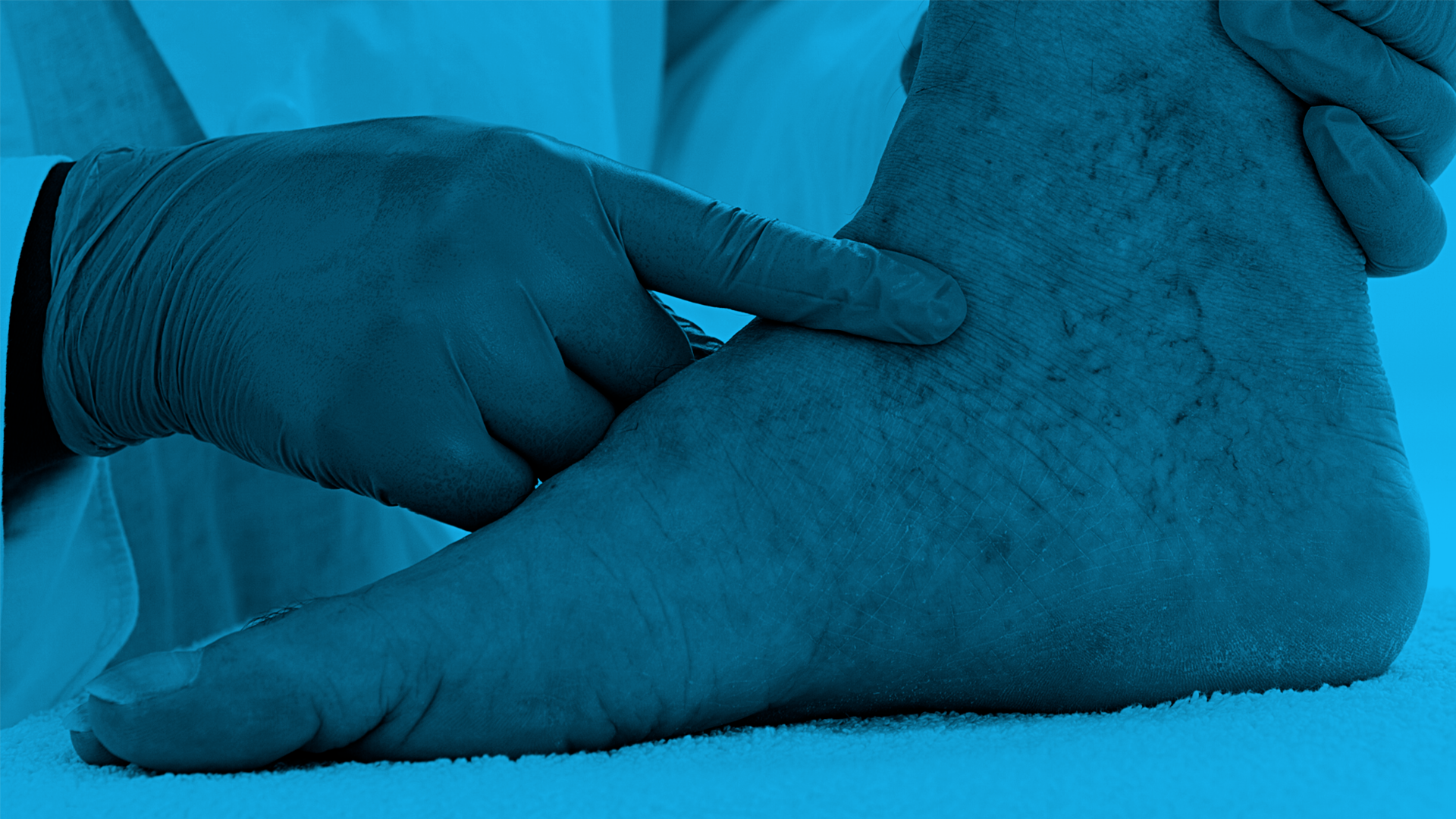
Part 1 | Want to learn more about lymphoedema?

In this Q+A session with Professor Neil Piller, we recap on key insights from his podcast to expand on some of the more relevant points for podiatrists when it comes to lymphoedema detection and treatment.
Q: What is lymphoedema?
A: Lymphoedema is one of three types of edema. These being acute edema, chronic edema and lymphoedema. Lymphoedema is a failure of the lymphatic system.
Q: How can it develop?
A: After about 10 to 12 weeks of chronic edema, the continuing high load on the lymphatic system causes it to fail. This is then properly called ‘lymphoedema’. A failing lymphatic system means that the load on the system is greater than its transport capacity, to transport residual fluid and its contents. This can include a range of inflammatory mediators (lymphokines and cytokines) as well as higher levels of proteins and often adipogenic factors.
Q: What causes lymphoedema, particularly in the lower limbs?
A: There are many causes, with the main ones being surgery or radiotherapy in the groin area associated with the very necessary treatment of cancers in the skin and tissues of the legs (such as melanomas). Lymphoedema may also be associated with bowel, prostate or stomach cancers as surgery or radiotherapy in these areas will make lymphatic clearance from the legs more difficult which results in lymphatic system failure (as all lymph from the legs has to drain through the abdominal and thoracic areas to the left shoulder area!).
Aside from surgery and radiotherapy, another (sometimes underlying reason) for sometimes unexpected lymphoedema is that patients have a genetically determined malformation or insufficient lymphatics (generally called hypoplasia). Also often related to genetic issues, some people’s lymphatics just can’t pump as well as other people’s lymphatics; or some people’s lymphatics can’t generate enough pressure to move the lymph from the feet and legs through the abdominal and thoracic area. In these cases (and in those with normal healthy lymphatics) it doesn’t take much external pressure on a lymphatic pathway draining from the foot up through the knee to the groin to actually slow lymph flow (or even stop it) and give rise to lymphoedema.
An example of this may include a blockage associated with Deep Vein Thrombosis or a blockage associated with an external tumour around the lymphatics, or in the tissues. Sometimes it can be external pressure due to underwear or tight stretch jeans in the groin area, which may compromise drainage. Bloating can sometimes slow down lymphatic drainage, as can constipation simply because of the pressure in the abdominal area.
So we need to be thinking widely about the reasons for poor drainage and look at all areas between the swollen foot or leg and where the lymph again enters the vascular system as the junction of the subclavian and jugular veins near the left shoulder.
Q: What treatment or management interventions are possible when it comes to lymphoedema?
A: Generally, when you’re dealing with a lymphoedema or chronic situation, there are two treatment phases.
First is the intensive treatment phase, and the management phase then follows that intensive phase. It is in the management phase where the patient, the partner and the carer, in association with a good therapist, work closely together.
No matter what the phase, to get the best result there ideally needs to be team management and coordination. A podiatrist also needs to be cognisant of other factors which may be loading the lymphatic system such as hypertension, thyroid issues, vascular issues and so forth. That’s why a team and holistic care will get the best outcomes.
It’s not your job as a podiatrist to diagnose these other issues but rather, to draw their attention to the patient and request that perhaps they seek medical advice to help reduce their blood pressure or correct thyroid imbalances for example.
The factors leading into the intensive phase are absolutely critical. Only once the lymphoedema has been diagnosed (and we’ve got some objective information about that lymphoedema) do we begin this intensive phase. To give the best treatment, you need objective measurements about that lymphoedema; such as where it is, what has happened to the tissues, what has happened to the lymphatics, where it is working, where it isn’t working and so forth.
Those objective measures can be gained through strategies such as bioimpedance spectroscopy, tissue dielectric constants, fibrinometery, indurometry, ultrasound and so forth. These help to give you pictures and feelings about the fluid in the tissues, the fibre in the tissues, and the problems in the tissues.
I know you are probably thinking, ‘Well I don’t have this equipment or information’, but you can get an idea of the fluid presentation in the tissues by doing a pitting test – in the medial and lateral lower leg, the dorsum of the foot and compare sites between the legs. If pitting is present (and remember to push with the thumb for about 30 seconds to get the best indication of it) you then know there is fluid, and that it may be due to lymphatic failure (or heart or other issues).
If you don’t have a Fibrinometer or Indurometer then you can easily measure tissue fibrosis by using a simple test called the Stemmer Sign. For this, you grasp the skin between the thumb and forefinger and see if you can lift it up a little. If you can’t, then the Stemmer sign is said to be ‘positive’ and the skin is fibrous (as a general sign of longer standing lymphoedema). You can also do this test at the base of the toes, but it can be done anywhere! Once you have this information then we can target and sequence the treatments to develop the best intensive program, followed by the best management program for that patient.
While it is difficult to make lymphoedema go away completely, you can reduce the signs of it and all of the problems associated with the other comorbidities. We can make anyone’s lymphatic system work a little bit better by finding alternate pathways of drainage. For example, we can surgically create new pathways such as linking one functional lymphatic vessel with another functional lymphatic vessel somewhere else, or even with a functional vein to drain the fluid away. Sometimes a lymph node may be transposed from a healthy area to one where lymphatic drainage is poor.
Next month: Part 2: The role of the podiatrist in lymphedema management
Neil is a lymphologist and director of the Lymphoedema Clinical Research Unit at Flinders University, and he is a member of a number of Australian and international lymphoedema and lymphology groups and the Australasian College of Phlebology. He is editor of a range of International Lymphology journals and is patron of the Lymphoedema Association of Australia – a patient group. Neil invites you to submit any interesting case studies about lymphoedemas you come across to be considered in our lymphology journals! Neil is the editor of the ‘Journal of Lymphoedema (UK)’ and the Australasian Editor of ‘Lymphatic Research and Biology (USA)’.
Looking to get more involved?
The Australasian Lymphology Association (ALA) is the peak body for health practitioners who specialise in treating lymphoedema. The ALA oversees an accredited lymphoedema practitioner program for health professionals interested in specialising in lymphoedema treatment. Accredited lymphoedema practitioners are then eligible to be on the National Lymphoedema Practitioner Register. More information can be found on the ALA website.
Meet your researcher – Dr Ryan Causby

Volunteer steps that inspired Footscape

CEO of Footscape, Anthony Lewis, shares the early volunteering influences that helped to shape him on his journey that led to where he now is. Perhaps his experiences may inspire other podiatrists to follow suit and pack their bags to also volunteer at some stage.
During May this year, Professor Debbie Turner invited me to speak with podiatry students at the Queensland University of Technology regarding Footscape and volunteering. I love participating in such community engagement activities to help inform, educate and motivate podiatrists regarding the foot health inequity encountered within developing communities and by disadvantaged persons.
Also presenting was recent graduate David Karamaris who delivered a captivating insight into his current podiatry volunteering efforts in South America, which you can read more about in the upcoming August issue of STRIDE. David’s journey promptly reminded me of my earlier efforts to volunteer abroad and likewise the challenges for a podiatrist to take time out of their life with financial responsibilities and limited time.
Early volunteering experiences
As a young podiatrist I had been looking further afield and contemplating short term opportunities to take my skills to exotic locations and immerse myself in a new environment. Podiatry seldom existed throughout the world despite the apparent need for our unique skills and expertise. In my ignorance I figured opportunities must be forthcoming and believed the process would merely entail throwing my hat into the ring. Sadly, this would not be the case and no individual or organisation had yet established the website: www.ifyoureapodiatristkeentovolunteeroverseas.com
Bombay Leprosy Project
It was a real game of patience and persistence, combined with some stubbornness. Eventually my trip proposal to the Bombay Leprosy Project (BLP), an Indian non-profit organisation, was warmly greeted. Before long I was exploring the surroundings of Mumbai and visiting the assortment of projects being undertaken by BLP.
On a typical sweltering and unforgiving afternoon, we proceeded to the Dharavi slum with the intention to continue the organisation’s screening program. Dharavi constitutes one of the biggest slums in the world with population estimates as high as one million people. Ambling along the narrow dirt laneways I passed endless destitute souls clothed by fragile rags and wearing brittle thongs. Children would light up at the novelty of a white visitor and plead for a returned greeting. Conversely their parents would carry on with their standard daily duties, perhaps sweeping out the dark confines of their living quarters or guarding their food stand from the gathered swarm of flies and other insects eager to attack compiled produce. An apparent correlation existed between the use-by date of the fish and the numbers of surrounding flies.
The impact of leprosy
With senses ablaze, I accompanied BLP staff into the home confines of one known leprosy sufferer. The forlorn elderly figure greeted her visitors and shared an exchange in a dialect unbeknown to yours truly. She then gazed upon me with a friendly smile and uttered in English, ‘God has brought you here’. My goodness. What an amazing generous welcome and suggestion. It was only just me afterall. Nonetheless I suspected my presence gave her hope there were and are good people in the outside world. It was at that point I pondered whether she was living alone or with family. The tragedy of leprosy frequently entails that the diagnosed individual is abandoned by nearest and dearest, which leads to an inevitable social demise. In so doing, leprosy is not purely a physical disease but one that has haunting psychosocial manifestations.
Towards the end of my visit an opportunity arose to meet a distinguished doctor who I titled the ‘Robin Hood of Surgeons’. He spent half of his working week completing elective plastic surgery upon the wealthy before committing the remainder of his time to performing pro bono life altering orthopaedic surgical procedures for depleted sufferers of leprosy.
I witnessed his operation on a young girl requiring several tendon releases to correct a deformed foot structure acquired as a secondary complication of leprosy. With minimal human and material resources available, the child remained conscious throughout the procedure with anaesthetic solely administered for the lower limbs. She quietly laid on her side, on what was effectively a physiotherapist table with towels delicately placed over her head to help maintain soothing surrounds. I was summoned to operate the sphygmomanometer which – if maintained at sufficient application – served as an acceptable tourniquet. Fortunately, the girl was well disciplined and remained idle throughout, with the exception of her eyes that occasionally peered out through a gap in the towels to capture my own eyes. I couldn’t think of how brave she was to endure both leprosy and surgery at such a tender age.
What I learned
Initiating a volunteer expedition can be a real challenge for podiatrists. My Indian experience was self-funded, though it proved incredibly rewarding both professionally and personally. Observing first-hand the starting implications of such debilitating foot pathology upon the most vulnerable fuelled motivation to undertake further volunteering opportunities.
The next trip
Shortly after India I travelled to Samoa in conjunction with Australian Volunteers International. By comparison, this placement with a recognised Australia aid organisation was for an extended period of time and permitted remuneration to attend to expenses such as airfares and cost of living.
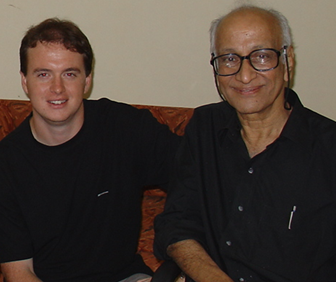
How to get involved
If you are interested in exploring volunteering opportunities abroad, then I encourage you to visit the Australian Volunteers International website and review the ‘frequently asked questions’ content. There you’ll be able to consider issues such as where you might travel to, ideal length of stay, typical living conditions and clinical work you would be prepared to participate in. I encourage all podiatrists, particularly those feeling somewhat dissatisfied in their workplace, to reflect upon how they might best utilise their valuable skills and expertise to help keep the world on its feet.

How to manage employee parental leave entitlements
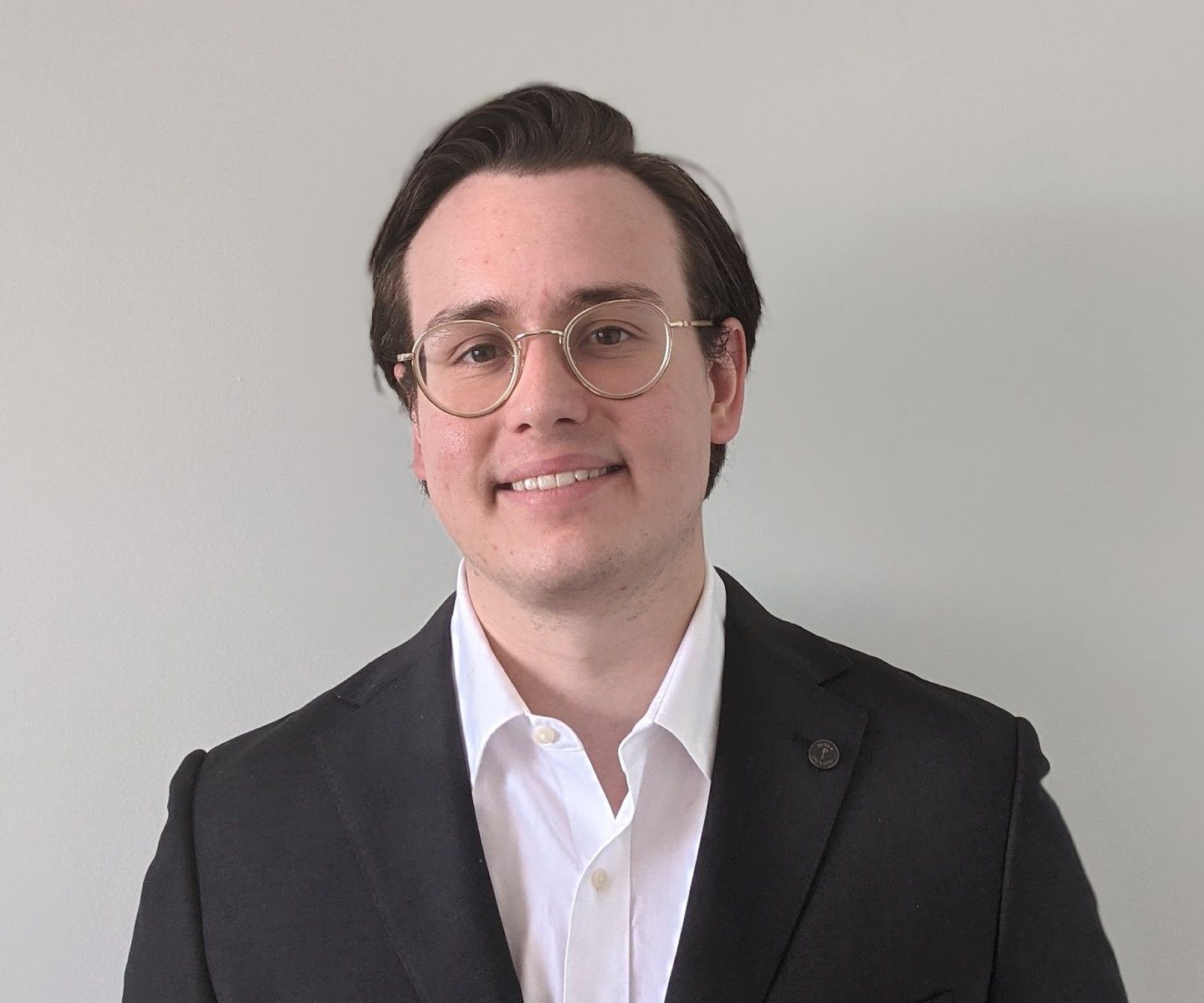
The National Employment Standards (NES) allow eligible employees to take up to 12 months of unpaid parental leave for the birth or adoption of a child. Both permanent and casual employees are entitled to take this leave. This article explains what employers need to keep in mind when considering their employee’s parental leave entitlements.
When it comes to parental leave eligibility, an employee is eligible for unpaid parental leave if they:
- Are a permanent employee with at least 12 months continuous service
- Are a casual employee that has been employed on a regular and systematic basis over at least 12 months and there is a reasonable expectation they would continue regularly working for their employer.
What exactly is the entitlement to unpaid parental leave?
An employee may take up to 12 months of unpaid parental leave if:
- The leave is related to the birth of their child (or their spouse or de facto partner giving birth to a child); or
- The leave is related to the placement of a child the employee is adopting (the child must be under 16 at the date of placement); and
- They will have a responsibility for caring for the child.
If the employee intending to take parental leave will give birth to the child, this leave may begin up to six weeks before the due date, although an employer and employee can agree for the leave period to start earlier.
If the employee will have primary care for the child, this leave must begin no later than the date of the birth of the child. This is the same when an employee is adopting a child – it must begin no later than the date of the adoption.
Generally, unpaid parental leave must be taken in one continuous period. The only exception is when both members of a couple wish to take concurrent leave. Concurrent leave refers to when both members of a couple wish to take unpaid parental leave at the same time as each other. They may take a maximum of eight weeks concurrent leave, and this can be taken in multiple periods, although no one period may be less than two weeks.
Notice and evidence requirements
An employee must provide 10 weeks’ written notice to their employer and specify the start and finish times of the leave. For second and subsequent periods of concurrent leave (if taken in separate periods), an employee must provide four weeks’ notice.
Four weeks before beginning their leave, the employee should check in with their employer to confirm the start and end dates of the leave and advise of any changes that may have arisen.
Depending on the type of parental leave to be taken, the employee must provide evidence that would satisfy a reasonable person that the leave is being taken for genuine purposes as prescribed by the NES.
For a pregnant employee, this could be a medical certificate. For an employee who is adopting a child, this may be agency documents confirming the date of the child’s placement.
Other leave entitlements during unpaid parental leave
An employee may take annual leave or long service leave while simultaneously on parental leave, but they are not entitled to take personal/carer’s leave during this time.
Please note an employee is not entitled to be paid for any public holidays while on parental leave, even if it falls during a time the employee is taking annual leave.
Can an employee request an extension of leave?
An employee may request an extension for up to an additional 12 months of unpaid parental leave – this can only be refused on reasonable business grounds. The employer must respond in writing within 21 days of the request being made, detailing the reasons for refusal if choosing not to grant the request.
As a matter of best practice, we recommend employers reach out to these employees prior to the expected return date to confirm whether they intend to return to work on the agreed date or if the employee wants to request an extension or any type of flexible working arrangements.
What about Parental Leave Pay?
Parental Leave Pay is a separate payment provided by Services Australia (Centrelink) linked to the national minimum wage. While the employee must apply for the payment themselves, the payment is typically processed by Service Australia passing it onto the employer, who then passes it onto the employee in accordance with their regular pay cycle.
While you can view more information about this payment here, we also recommend members contact Services Australia directly.
In summary
The parental leave entitlement is vast, with many different things to consider. If you are unsure about your obligations regarding unpaid parental leave, we encourage you to reach out to the APodA HR Advisory Service on 1300 620 641 or hrhotline@podiatry.org.au. A suite of online resources is also available for members 24 hours a day, seven days a week here.
Disclaimer
The material contained in this publication is general comment and is not intended as advice on any particular matter. No reader should act or fail to act on the basis of any material contained herein. The material contained in this publication should not be relied on as a substitute for legal or professional advice on any particular matter. Wentworth Advantage Pty Ltd expressly disclaim all and any liability to any persons whatsoever in respect of anything done or omitted to be done by any such person in reliance whether in whole or in part upon any of the contents of this publication. Without limiting the generality of this disclaimer, no author or editor shall have any responsibility for any other author or editor. For further information please contact Wentworth Advantage Pty Ltd.
© Wentworth Advantage Pty Ltd 2022

Have you seen the most asked member question lately?
Have you seen the most asked member question lately? Our monthly Member Benefits Bulletin has this covered! We encourage you to keep an eye out for it when it hits your email and in the meantime, head to this webpage for a breakdown of other questions commonly asked by members in months gone by. You never know what you will find!
Here is the most commonly asked member question in recent weeks. Don’t forget to check out our member-only web resource for more useful Q+As!
Question: What are the required documents that need to legally be sent back to a patient’s doctor after their first visit?
Answer:
Podiatrists who participate in a patient care plan must comply with the reporting requirements set out by Medicare. These include a report back to the referring GP after the initial consultation detailing their assessment and treatment plan followed by a final report at the conclusion of the patient’s allocated service. Copies of the reports must be retained with the patient’s notes. Reports are required regardless if treatment is ongoing through a new care plan. Reports should include investigations, tests and assessments carried out, treatment provided, and recommendations on how to manage the patient’s condition in the future. For further information, click here.
Additional resources
- Factsheet Allied Health Case Conferencing 16/09/21
Medicare Education Guide on Chronic Disease Management for Allied Health Services - Chronic Disease Management Allied Health Services
- Administrative Record Keeping Guidelines for Healthcare Professionals
- Medicare Billing Compliance E-Learning
- Reporting suspected Medicare Fraud
- Manage your provider numbers with PRODA
- Register or log into HPOS to check patient eligibility and payment information
- Allied health follow-up services for a person who is of Aboriginal or Torres Strait Islander descent
Have a burning question? Email us at info@podiatry.org.au



